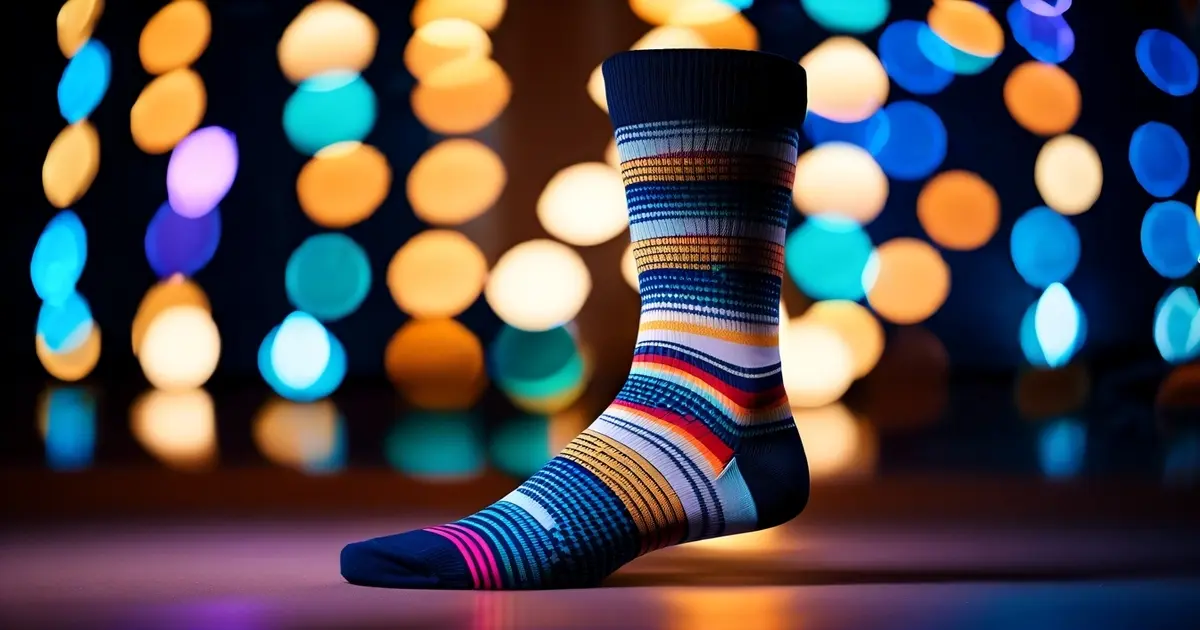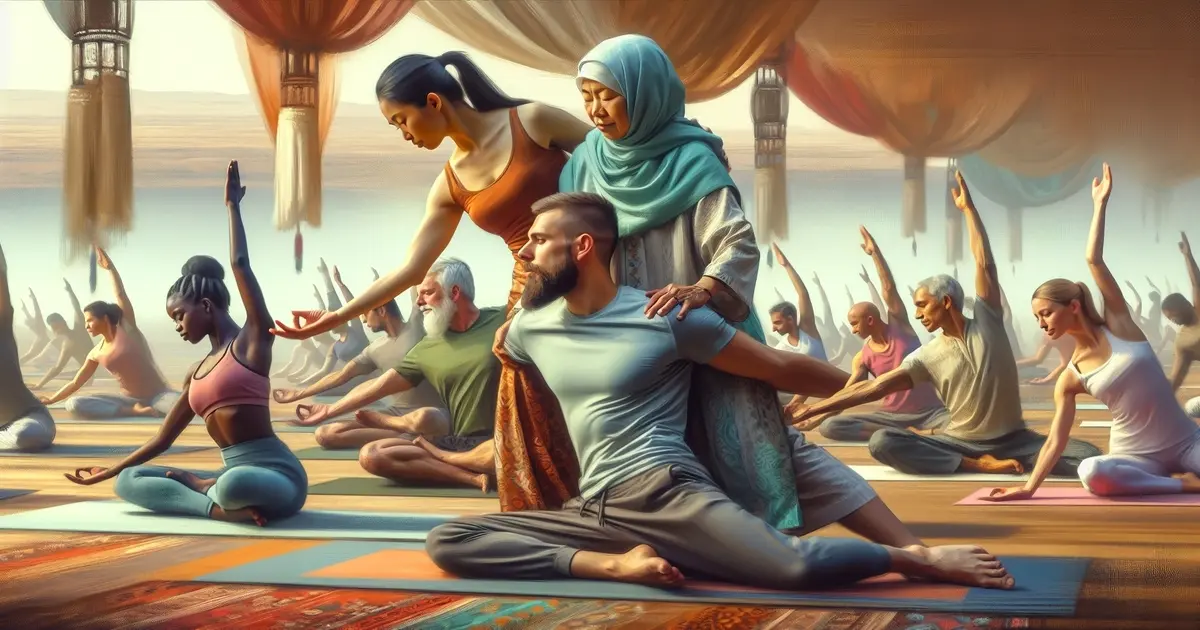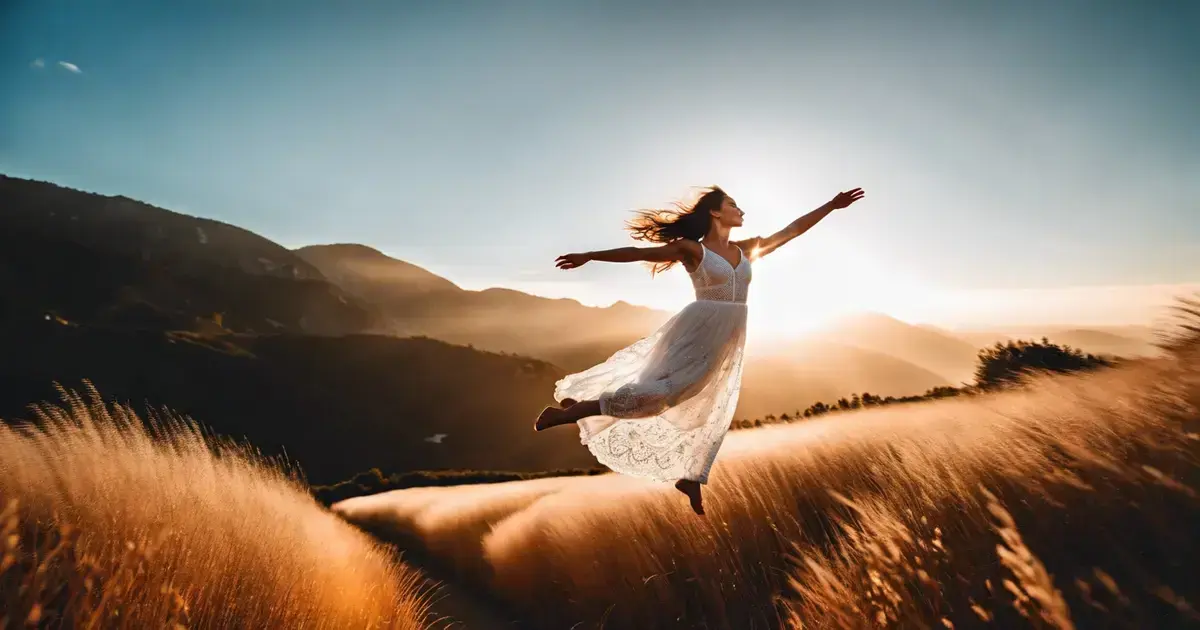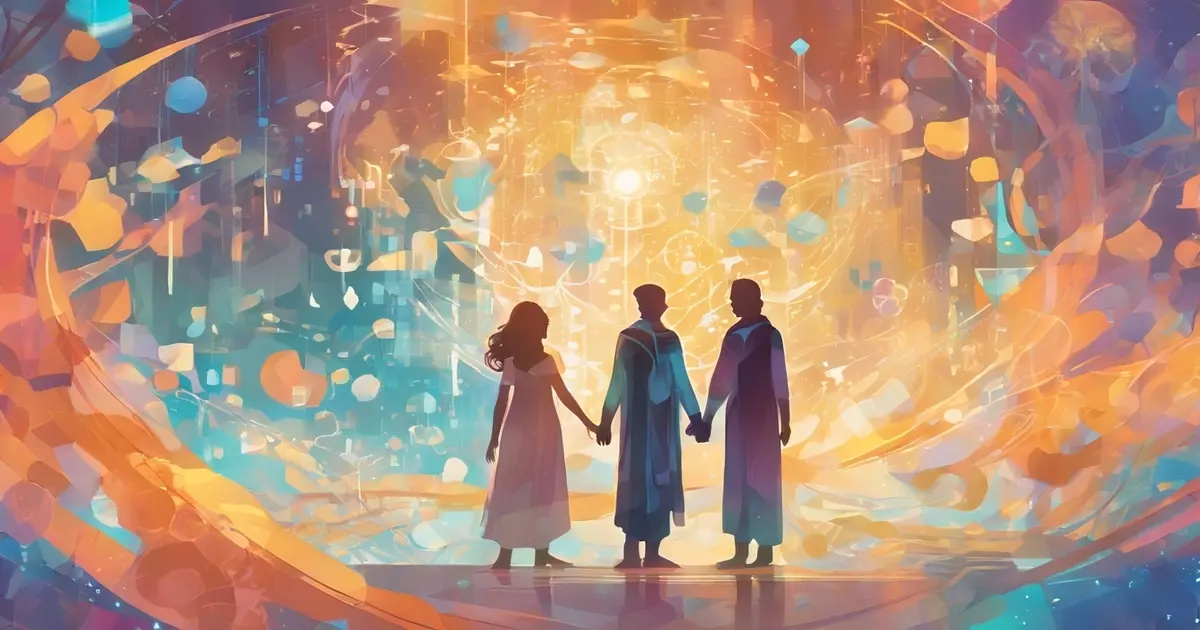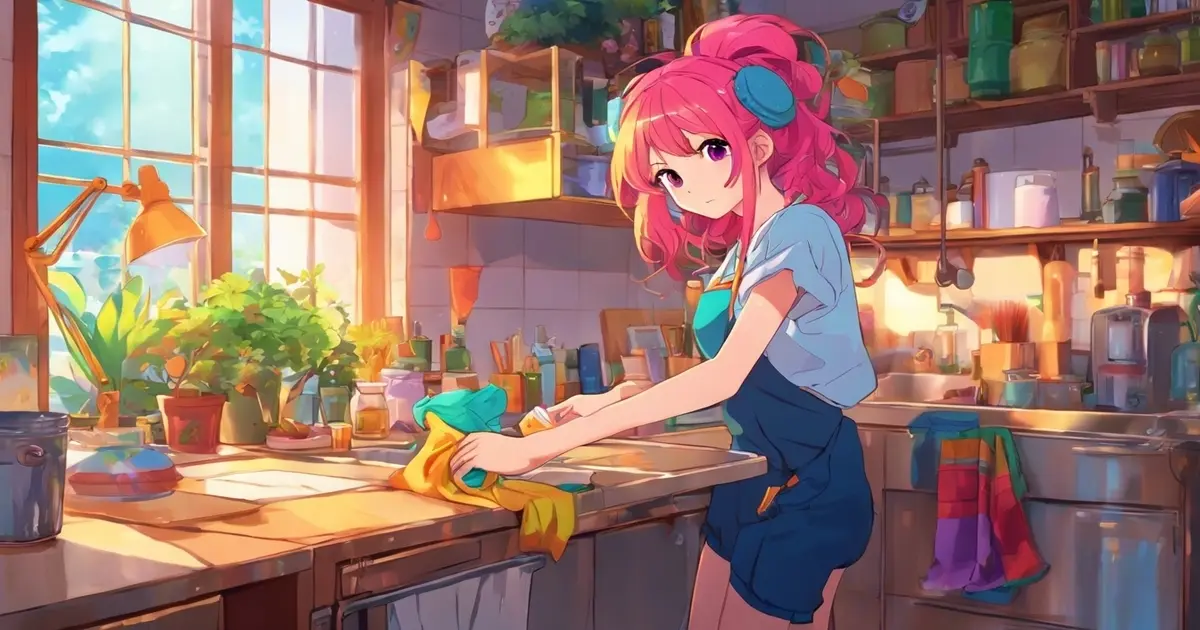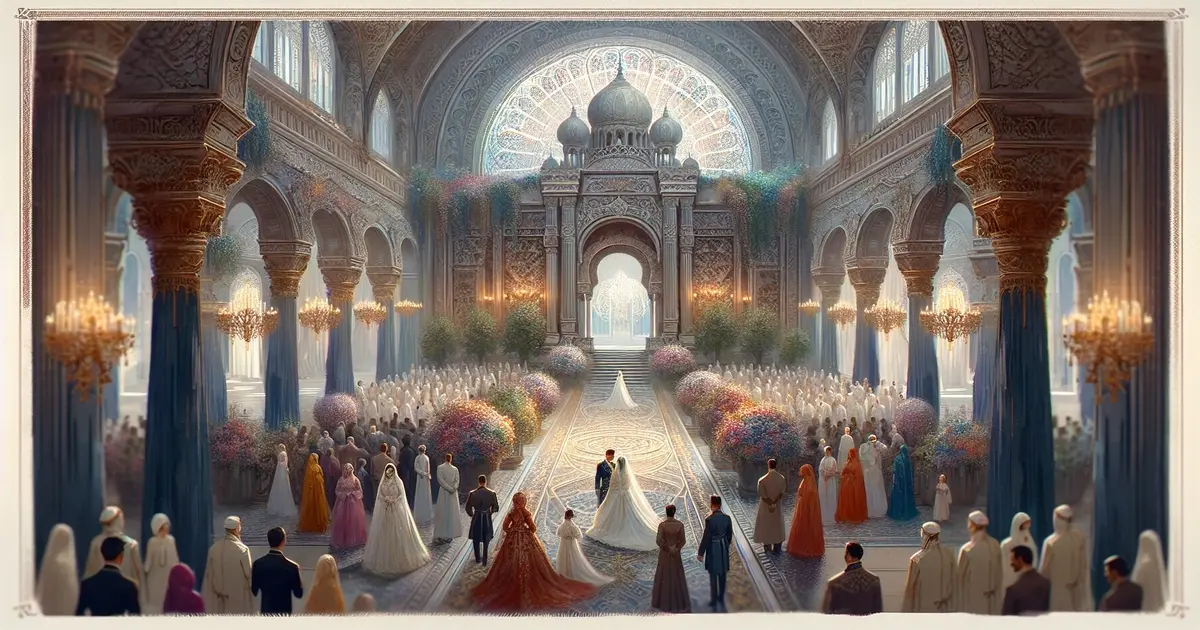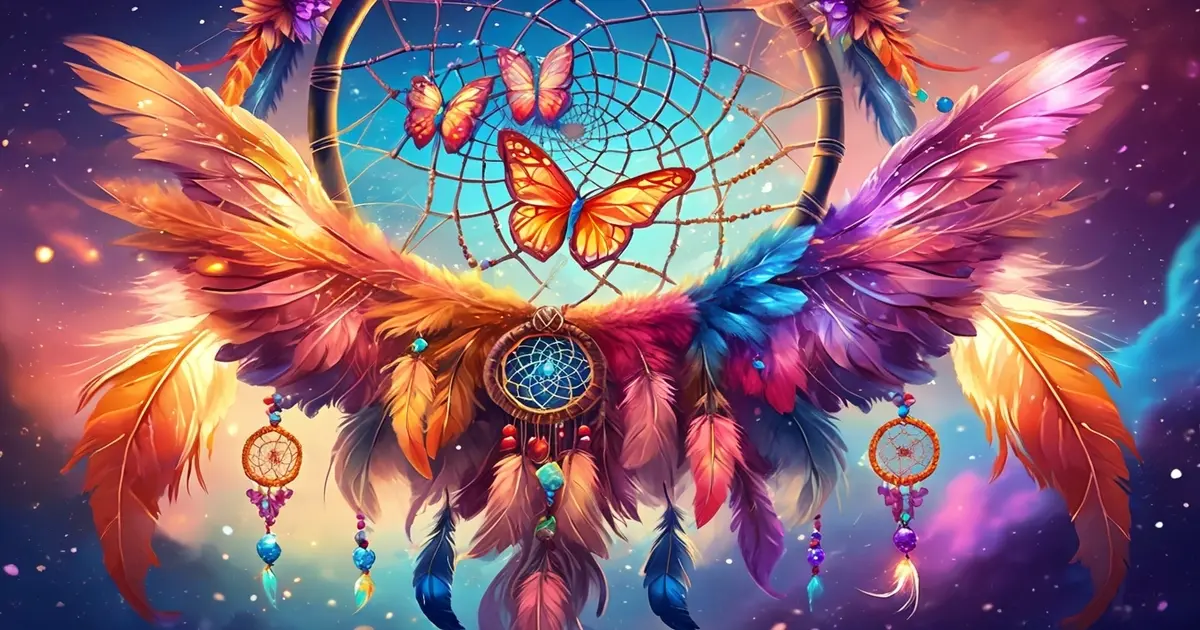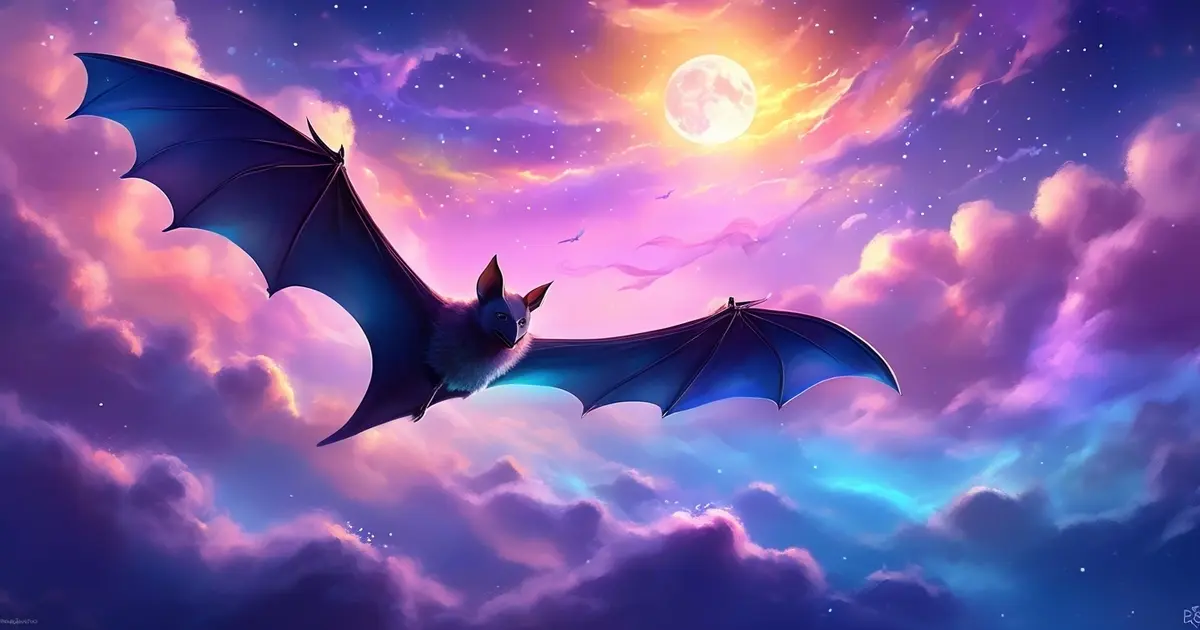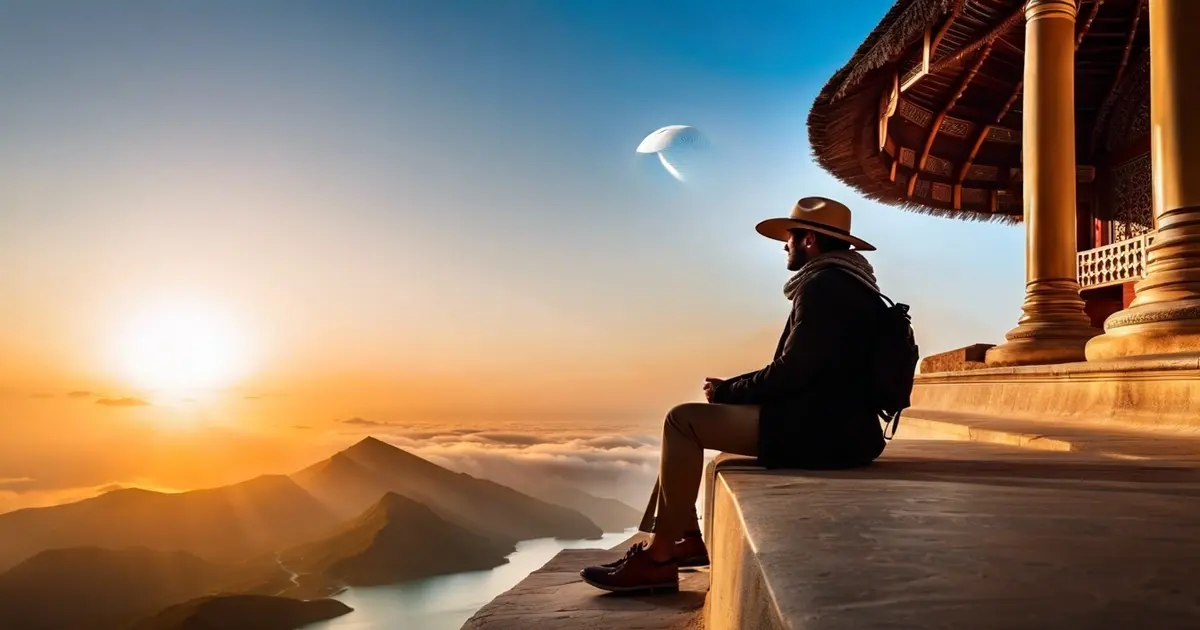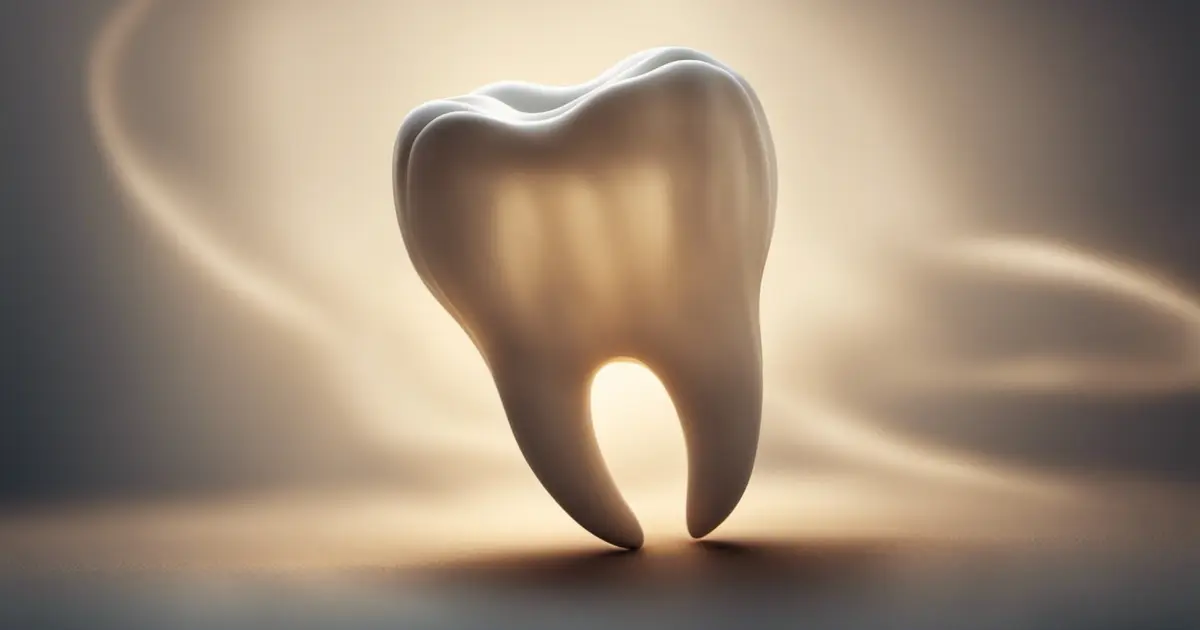Dreams About Dancing: Unraveling the Symbolism
Unlock the hidden meanings of dreams about dancing. Discover the symbolism and interpretation behind your dance dreams. Expert insights here!
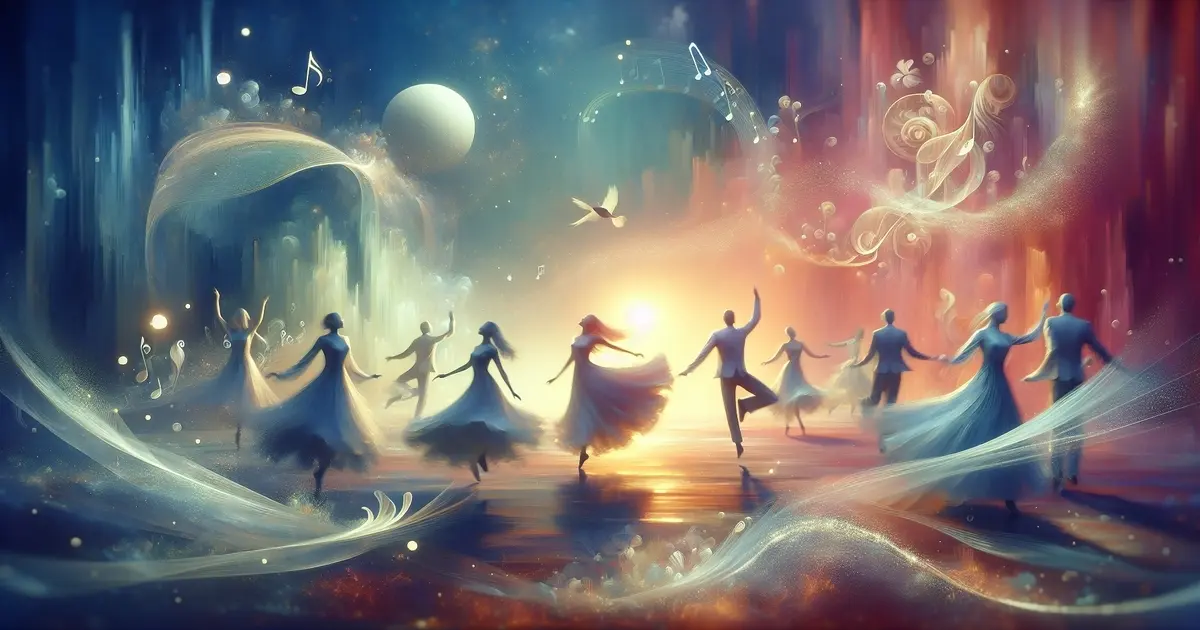
“ Recognize that cultural backgrounds can influence the meaning of dancing in dreams, offering diverse interpretations based on cultural beliefs. “
Ever wonder why dancing dreams leave you feeling like you've just woken up from a wild love party? These dreams can be more than just nighttime entertainment; they might reveal hidden aspects of your psyche. Whether twirling in a ballroom or busting moves at a club, dancing dreams are packed with meaning. They could symbolize freedom, joy, or even a desire for self-expression, as dream symbols in dream interpretations often intrigue dream enthusiasts with their dancing dream qualities.
Understanding these dreams can unlock insights into your emotions and desires. Are you feeling constrained in real life and longing to break free with a positive dream symbol? Or perhaps you're celebrating a personal victory? Dive into the rhythm of your subconscious and discover what your dance dreams are trying to tell you. Let's explore the fascinating world of dream interpretation and uncover the secrets behind those nocturnal dance floors.
- Key Takeaways
- Understanding Dancing Dreams
- Cultural Views on Dancing in Dreams
- Psychological Insights into Dance Dreams
- Common Themes in Dance Dreams
- Emotions Experienced During Dance Dreams
- Dancing with Deceased Loved Ones
- Specific Dance Scenarios and Meanings
- Real-Life Impacts of Dance Dreams
- Final Remarks
- Frequently Asked Questions
Key Takeaways
- Reflect on Personal Context: When interpreting dreams about dancing, consider your personal life and emotional state, as they often reflect your current feelings and experiences.
- Cultural Significance Matters: Recognize that cultural backgrounds can influence the meaning of dancing in dreams, offering diverse interpretations based on cultural beliefs.
- Psychological Insights: Use psychological perspectives to explore dance dreams, as they might reveal subconscious desires or stressors you are currently facing.
- Identify Common Themes: Pay attention to recurring themes in your dance dreams, such as freedom or connection, to better understand their significance in your waking life.
- Emotional Awareness: Note the emotions you experience during these dreams, as they can provide clues about unresolved issues or aspirations.
- Connection to Real Life: Consider how these dreams might impact your real-life decisions or relationships, prompting you to take meaningful actions or address underlying concerns.
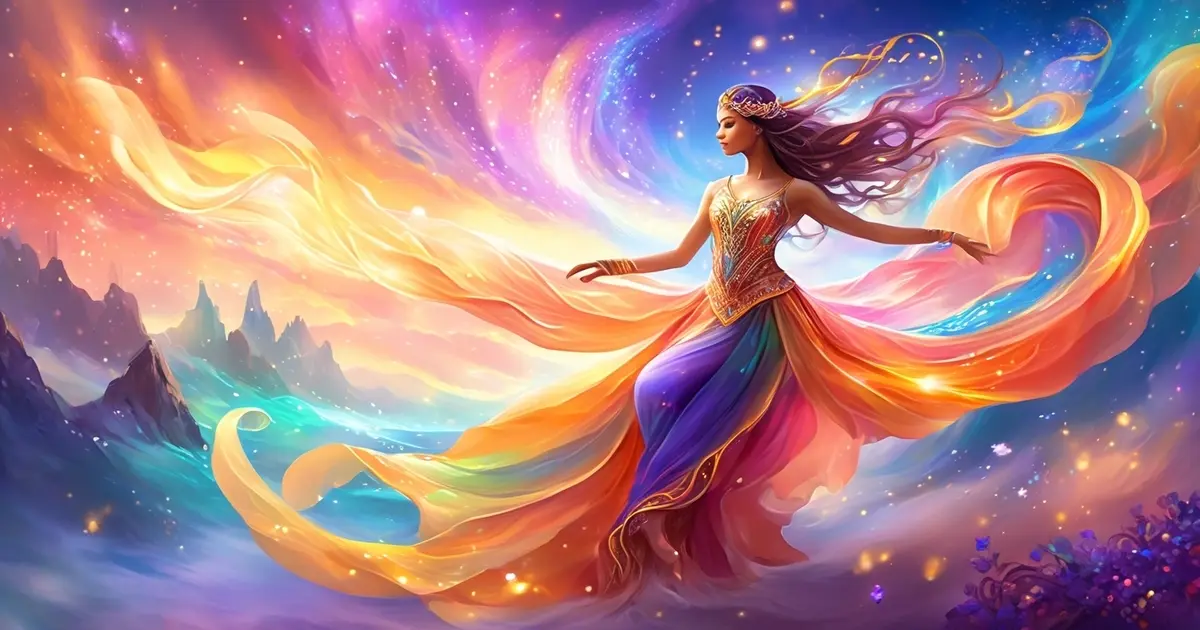
Understanding Dancing Dreams
Symbolism of Dance
Dancing dreams often symbolize confidence and joy. They can reflect a person's self-expression and freedom. In many cultures, dance is linked to celebration and happiness. These dreams might suggest that a person feels content and fulfilled in their waking life.
Dancing dreams can also indicate a desire for harmony. The rhythmic movements represent balance and coordination, which could mean the dreamer seeks peace or resolution in certain areas of life.
Personal Experiences
Personal experiences greatly influence the interpretation of dancing dreams. Someone who has danced professionally may see these dreams differently from someone who dances socially. A former dancer might interpret such dreams as nostalgia or longing for past achievements.
Life events impact these dreams, too. For instance, attending a wedding might trigger a dancing dream. Here, the dance could symbolize unity or new beginnings. Similarly, watching a dance performance can lead to dreams reflecting admiration or inspiration.
Variations in Dance Dreams
Dance dreams vary widely. Some involve solo performances, while others feature group dances. Solo dance dreams may indicate independence or self-reliance. They show the dreamer's ability to stand alone and express themselves uniquely.
Group dance dreams often reflect teamwork and cooperation. They signify how well someone interacts with others in real life. Such dreams might suggest the need for collaboration or the importance of community.
Different dance styles appear in dreams, too. Ballet might represent grace and elegance while breakdancing could symbolize energy and creativity for dream enthusiasts. Each style carries its meaning based on cultural associations.
Cultural Influences
Cultural influences significantly shape the interpretation of dancing dreams. In some societies, dance is deeply rooted in tradition and rituals. Dreams involving traditional dances may convey a connection to one's heritage or cultural identity.
Famous dancers like Fred Astaire and Misty Copeland inspire many dream enthusiasts worldwide. Dreams featuring these figures might hint at ambition or aspiration in the dreamer's personal or professional life.
Cultural Views on Dancing in Dreams
Religious Interpretations
Different religions have unique interpretations of dancing in dreams. In Christianity, dancing can symbolize joy and celebration. It reflects moments of triumph and divine blessings. In Hinduism, Lord Shiva's dance, known as the Tandava, represents the cosmic cycles of creation and destruction. Dream enthusiasts often see this dance as a powerful symbol of spiritual awakening.
In Islam, dreams about dancing are sometimes seen as warnings. They might suggest the need for spiritual reflection or guidance to dream enthusiasts. These interpretations vary widely across different regions and communities. They highlight how deeply intertwined cultural beliefs are with religious practices.
Historical Significance
Throughout history, dancing has been a part of celebrations and victories. Ancient Egyptians used dance to honor their gods during festivals. Greeks incorporated dance into their theatrical performances. These dances were expressions of storytelling and emotion.
In medieval Europe, dance was often linked to social status. Nobles would participate in elaborate ballroom dances to display wealth and power, celebrate ancestral spirits, and entertain and communicate as a means of communication, like a dream. It conveyed messages without words, making it an essential part of cultural expression and a dream.
Cultural Symbols
Dancing in dreams can carry various cultural symbols. In some cultures, dreaming of dancing signifies good fortune or success. It may represent a blessing from ancestors, a dream, or a sign of upcoming prosperity. In African cultures, dance is a communal activity that strengthens community bonds.
Asian cultures often view dance as a form of meditation, self-expression, or dream. Traditional dances like the Japanese Bon Odori celebrate ancestral spirits. They emphasize harmony between the living and the deceased.
Modern Interpretations
Today, competitive dance is a global phenomenon. Dance schools organize competitions year-round at regional and national levels, making dreams come true. Dancers train rigorously to maintain their technique and fitness. These competitions showcase diverse styles like solos, duets, and group performances, capturing the dream.
Ballroom dance also enjoys popularity worldwide. The International School includes Standard and Latin categories, a dream regulated by prominent organizations like the World Dance Council. Meanwhile, the American School focuses on the Smooth and Rhythm categories, such as dream.
Social dances such as Lindy Hop and Bachata are enjoyed socially and competitively. They reflect cultural blending and evolution over time.
Emotional Impact
Dancing dreams often evoke strong emotions. Some bring freedom and joy, like a dream, while others may feel anxious or uncertain. These dreams can serve as reflections of one's emotional state or desires.
For instance, dreaming about performing in front of an audience might indicate a need for recognition or validation. Conversely, social dances without an audience could suggest a dream of personal connection or intimacy.
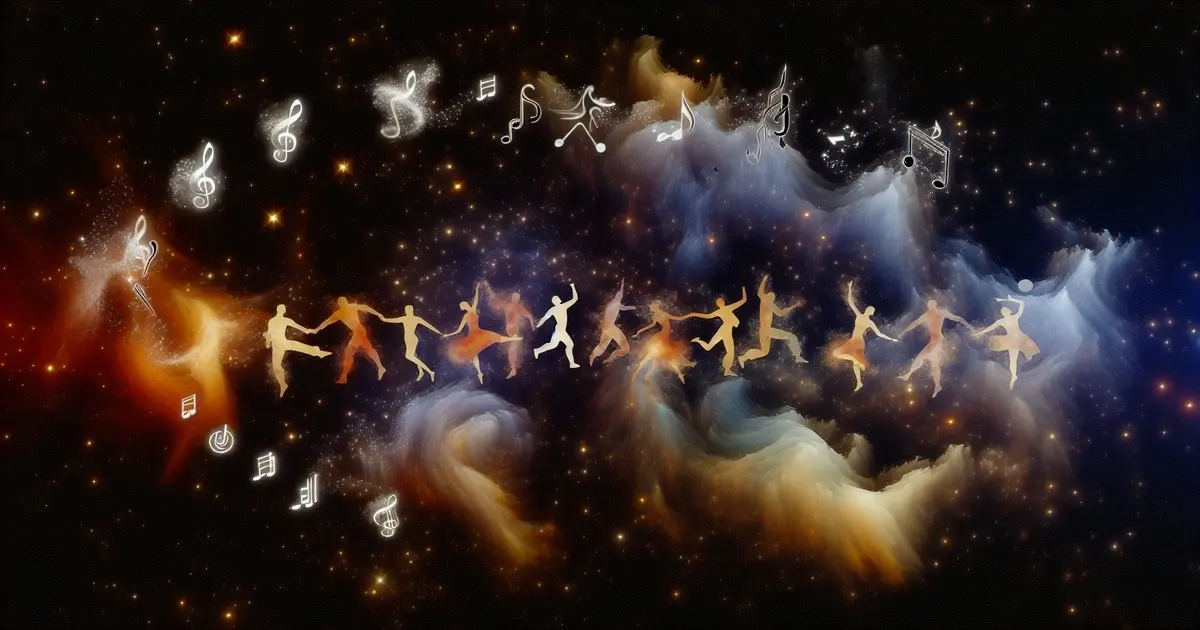
Psychological Insights into Dance Dreams
Examining Meanings
Dancing dreams can be more than just nightly entertainment. They often carry more profound meanings. Examining dream meanings can reveal desires for freedom or self-expression. Dancing in dreams might symbolize a wish to break free from constraints. The rhythmic movements could represent the flow of life, hinting at the dreamer's need for balance.
These dreams might reflect internal struggles. For instance, if someone feels anxious, a chaotic dance sequence in their dream could mirror this feeling. Similarly, trust issues might appear as stumbling or falling in a dream dance. The subconscious uses these symbols to communicate emotions that are hard to express when awake.
Internal Battles
Dance dreams can also highlight personal conflicts. They might show battles with anxiety or trust issues. A person experiencing such dreams could feel overwhelmed by life's demands. In these dreams, the dance may start smoothly but turn into a crazy dance. This shift could signify unexpected challenges or fears.
Dream observers suggest that stumbling in a dream dance points to insecurity. It might indicate a lack of confidence in one's abilities. Conversely, completing a complex dance routine could mean overcoming obstacles and gaining self-assurance.
Self-Expression
Dance is often linked with self-expression and creativity. Dreaming about dancing may reflect a person's desire to showcase their talents. These dreams can inspire individuals to pursue creative outlets, like joining a dance studio or learning new rhythms.
People who dream about dancing might also have aspirations they wish to achieve. The connection between dance dreams and future goals can be substantial. For example, dreaming of performing on stage might encourage someone to seek opportunities in the arts.
Cultural Influences
Dance music has evolved through various cultural influences over time. Its roots trace back to ancient folk traditions worldwide. Modern popular dance music emerged from Western ballroom dances. Swing music dominated the 1930s, followed by rock and roll in the 1950s and disco in the 1970s.
Electronic dance music became popular in nightclubs during the late 1970s. Breakdancing, originating in New York City in the early 1980s, features four main movements: toprock, downrock, power moves, and freezes. Since its inclusion in the 2024 Summer Olympics, breaking is now recognized as an Olympic sport.
Hip-hop dance styles like breaking, locking, and popping have global appeal today and influence entertainment worldwide. Their freestyle nature allows for unique expression, like dreams, providing a canvas for personal exploration.
Common Themes in Dance Dreams
Celebration Theme
Dance dreams often symbolize celebration, which can represent joy and happiness. This theme may reflect a person's current life situation, such as success or personal growth. Celebrating through dance in dreams can also indicate a sense of freedom.
Such themes are common across cultures. Dance is a universal art form. It involves body movements and expression. In many societies, dance is linked to festivals and rituals. These cultural connections may influence dream content.
Social Expansion
Dreaming about dancing with others often points to social expansion. It can mean forming new relationships or strengthening existing ones. Dancing with friends in dreams suggests harmony and connection. These dreams might encourage one to engage more socially.
Dancing with strangers can hold different meanings. It may imply meeting new people soon. Such dreams highlight networking opportunities. They can also suggest a desire for social acceptance or recognition.
Health and Well-being
Dance is recognized as a healthy activity for all ages. Dancing dreams can symbolize physical health and well-being. They might also reflect one's awareness of the benefits of exercise, such as dance, which improves fitness and mental health.
Research shows dance helps manage certain health conditions. However, it also has risks if not done correctly. Dreaming about dancing could remind individuals to stay active while being cautious.
Cultural Influence
Different cultures have unique dance forms that appear in dreams. Ballet, for instance, originated during the Italian Renaissance in the 15th century. It developed further in France and Russia, becoming a concert dance form. Ballet's foundational techniques influence many other genres.
Another example is traditional Chinese dance, such as the Lion Dance. Known as "跳獅" or "弄獅" in Southern Min, this dance is part of Southern Chinese culture. In Vietnam, it's called múa lân; in Korea, 사자춤. Due to their cultural significance, these dances might appear in dreams.
Networking Opportunities
Dance dreams often highlight potential networking opportunities. They can indicate upcoming social gatherings or events where connections are made. Such dreams encourage one to be open to new experiences and people.
Networking through dance dreams emphasizes collaboration and teamwork. It shows how important relationships are in achieving goals, and the dreamer might feel inspired to reach out more within their community.
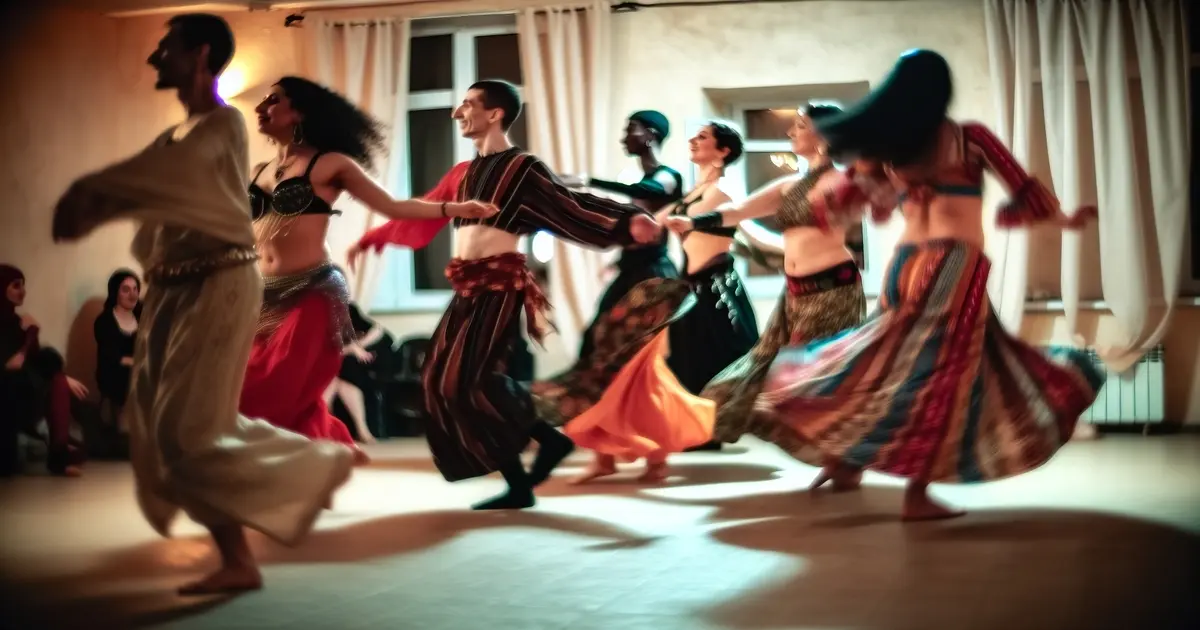
Emotions Experienced During Dance Dreams
Happiness and Joy
Dance dreams often evoke feelings of happiness and joy. Dream enthusiasts might recall the thrill of moving gracefully through a dance studio. This sensation of freedom can be likened to the pleasure experienced in real-life dancing. For instance, with its vibrant rhythms, salsa dancing can bring a sense of euphoria. Salsa originated in Eastern Cuba in the late 1940s and became popular in New York by 1960. The blend of Cuban and American dances creates an exhilarating experience that can translate into dreams.
These happy dreams may reflect one's desire for more joy in waking life. They serve as a reminder of positive experiences or aspirations for future happiness.
Liberation and Freedom
Feelings of liberation are common in dance dreams. These dreams allow people to express themselves without constraints. For example, square dancing, often associated with the United States, involves coordinated movements prompted by a caller. In dreams, individuals might find themselves effortlessly following these prompts.
This sense of freedom can mirror real-life desires for autonomy and self-expression. People may yearn for opportunities to break free from routine or restrictions.
Connection and Communication
Dance dreams often involve connection with others. Partner dances like salsa require non-verbal communication for coordination. This includes techniques such as lead and follow, which rely on maintaining a physical connection called the frame. Dreamers may experience this connection vividly.
Such dreams highlight the importance of relationships and communication in real life. They may reveal a person's longing for deeper connections or improved interactions.
Anxiety and Fear
Not all dance dreams are joyful; some evoke anxiety or fear. The painful dance studio phenomena might arise when movements are unplanned. Dreamers could feel pressure to perform perfectly or worry about failing.
These emotions may reflect real-life stressors or insecurities. They can serve as a wake-up call to address underlying fears or anxieties.
Impact on Waking Life
The emotions felt during dance dreams can significantly impact waking life. Happy dreams can boost mood and motivation. They remind individuals of their capacity for joy and creativity. On the other hand, dreams filled with anxiety might prompt reflection on personal challenges.
Recognizing these emotions can lead to personal growth. Individuals may become more aware of their feelings and desires, leading to positive changes.
Dancing with Deceased Loved Ones
Emotional Meanings
Dreams about dancing with deceased loved ones can carry deep emotional meanings. These dreams might symbolize a connection that transcends time and space. Dancing in dreams often reflects emotions not easily expressed during waking hours. Dancing with someone who has passed away can represent a desire to reconnect or communicate unresolved feelings. It may also symbolize a wish for closure, offering a space where emotions can be safely explored.
These dreams can evoke strong emotions, from joy to sadness. They often offer comfort, suggesting that the bond with the deceased remains intact. This symbolic dance allows dreamers to feel close to their loved ones again, even for a moment.
Symbolic Representations
The symbolism of dancing in these dreams varies widely. Folk dance, for instance, is deeply rooted in cultural traditions and can reflect people's life experiences within a region. In dreams, this type of dance might represent shared cultural memories with the deceased. Ritual dances, often called "religious dances," may symbolize spiritual connection or guidance from beyond.
In some cases, the presence of specific dances like the Lindy Hop or Jitterbug might hold personal significance. Swing dances like these developed alongside jazz music in the early 20th century and could symbolize shared joyful memories or significant life events. The choice of dance can offer clues about the nature of the relationship and what aspects are being revisited in the dream.
Unresolved Feelings
Dancing with deceased loved ones in dreams might point to unresolved feelings. These dreams can highlight emotions that were left unspoken or actions that were never completed. The dream setting provides an opportunity to address these issues in a safe and private environment.
Unresolved feelings often surface through symbolic actions within the dream. For example, a slow waltz might indicate longing, while a lively swing dance could suggest missed opportunities for joy and laughter. By engaging in these dances, dreamers might find pathways to understanding their emotions more clearly.
Comforting Aspects
Despite any underlying sadness, such dreams often provide comfort. They allow individuals to process grief by revisiting cherished moments and interactions. The presence of a deceased loved one in a dream offers reassurance that they are still remembered and valued.
These comforting aspects can aid in grief processing by providing peace and acceptance. Dancing together symbolizes unity and continuity, reinforcing that love endures beyond physical separation. Dreamers may wake up feeling consoled, having experienced a momentary reunion with their loved ones.
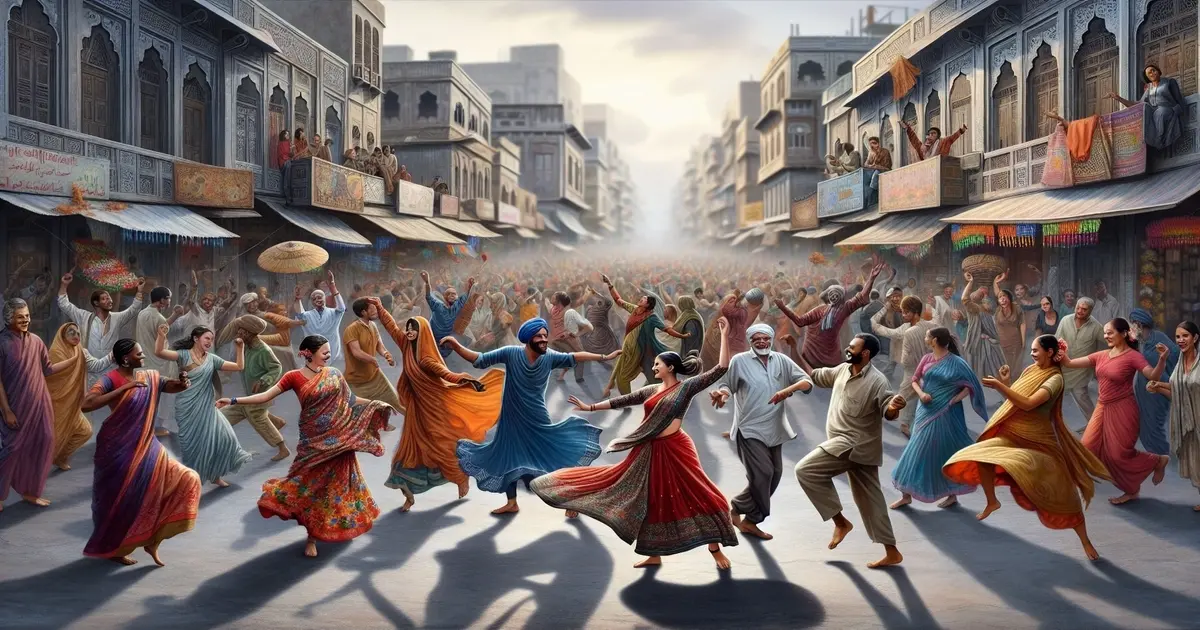
Specific Dance Scenarios and Meanings
Dancing with a Woman
Dancing with a woman in dreams often symbolizes connection and harmony. It can reflect one's desire for partnership or highlight the dynamics of an existing relationship. The dance style, like ballroom or salsa, can add layers to the interpretation. A graceful waltz might signify balance, while a lively tango could indicate passion or conflict.
Observing Self Dancing
Seeing oneself dancing in a dream is tied to self-awareness. It suggests a deep internal reflection on one's emotions and life choices. The dance's rhythm and style can reveal how one navigates life's challenges. For instance, a chaotic dance might suggest feeling overwhelmed, while a smooth performance may indicate confidence and control.
Group Dance Scenarios
Group dances in dreams often mirror social interactions. They highlight one's role within a community or peer group. Participating in synchronized dance routines can imply collaboration and unity. Conversely, struggling to keep up may indicate isolation or inadequacy in social settings.
Dance Styles and Their Meanings
Different dance styles carry unique meanings. Ballet represents grace and discipline, reflecting aspirations for perfection. Folk dances connect to cultural roots, emphasizing tradition and identity. Modern dance, emerging as a rejection of classical ballet, speaks to freedom and expression of social concerns.
Biblical Meaning
In biblical contexts, dancing can symbolize joy and praise. It is often associated with celebration and divine connection. Dreams featuring dance in religious settings may reflect spiritual awakening or fulfillment.
Internal Dance Studio
Dreaming of an internal dance studio signifies a personal space for growth and creativity. It represents the mind's ability to explore new ideas and emotions. This scenario encourages embracing change and self-improvement.
Specific Rhythm Implications
The rhythm in a dream dance holds significance. A steady beat suggests stability, while erratic tempos may indicate turmoil or unpredictability in life. Recognizing the rhythm can offer insights into one's current emotional state.
Real-Life Impacts of Dance Dreams
Inspiring Actions
Dance dreams can inspire real-life actions. They often lead individuals to explore exciting life movements. Some might take up dance classes after dreaming about dancing. This can be a step towards learning new skills or hobbies. Others may find themselves more open to attending dance events.
The disco era is an example of how dance influenced society. Disco emerged in the late 1960s, reacting to the dominance of rock music. It encouraged people to embrace dance as a form of expression. Technological advancements and influential artists helped its growth. Although it declined after the infamous Disco Demolition Night in 1979, its influence remains strong.
Encouraging Social Interactions
Dance dreams often encourage social interactions. They can motivate people to join dance clubs or groups, which leads to meeting new friends with similar interests. Join online dream community platforms where individuals share their dance dream experiences. Engaging in these conversations helps build connections.
Historically, dancing mania swept through Europe between the 14th and 17th centuries. This phenomenon involved erratic dancing and affected adults and children alike. One major outbreak occurred in Aachen in 1374, spreading across Europe. Despite its mysterious cause, it showed how dance could unite people, albeit in unusual circumstances.
Motivating Personal Goals
Dreams about dancing can motivate personal or professional goals and inspire someone to pursue a career in dance or performing arts. Contemporary dance, which developed in the mid-twentieth century, combines ballet's legwork with modern dance's focus on the torso. It incorporates unpredictability in rhythm and speed, making it appealing for many dancers.
Elements from non-western dance cultures are sometimes integrated into contemporary dance. This diversity attracts formally trained dancers in the U.S. and Europe. Dance dreams might push individuals to explore these various styles, enhancing their skills and broadening their horizons.
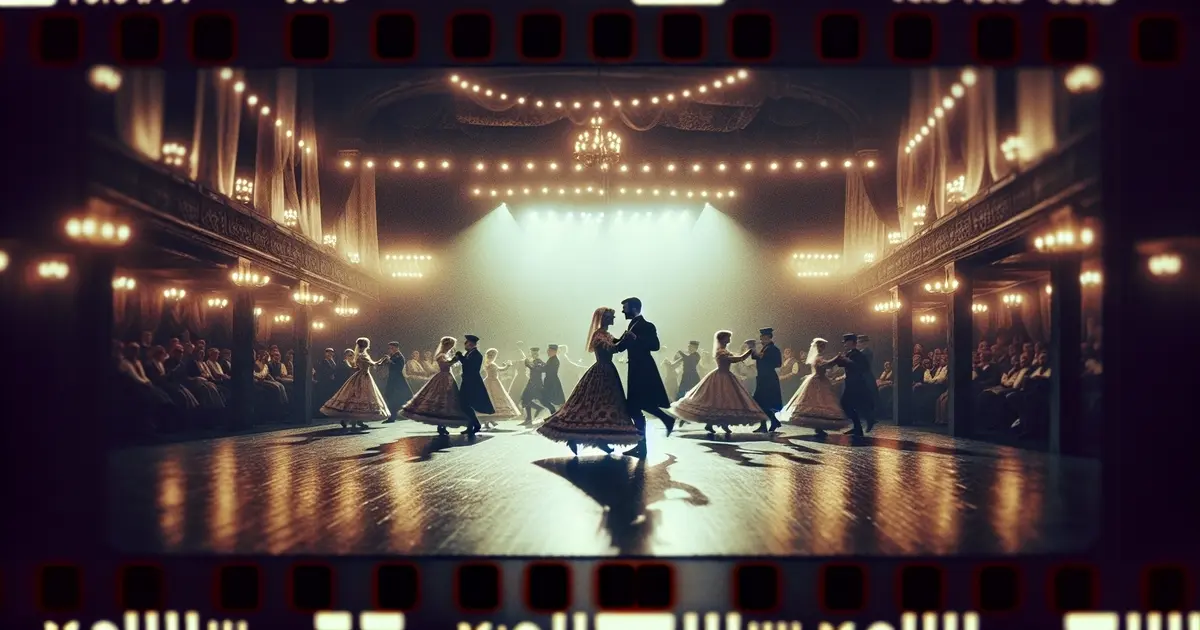
Final Remarks
Dancing dreams are a fascinating window into your subconscious. They blend cultural beliefs, psychological insights, and personal emotions. Whether you're twirling with a lost loved one or exploring new dance scenarios, these dreams can reveal much about your inner world. They might even impact your waking life, illuminating your feelings and desires.
Next time you find yourself dancing in a dream, take a moment to reflect on its meaning. What emotions did it stir? How does it relate to your life? These dreams are more than nighttime entertainment—they're a powerful tool for self-discovery. Dive deeper into your dance dreams and see what secrets they hold. Don't just let them pass by—embrace their potential to enrich your understanding of yourself. Share your experiences and insights with others; you never know who might benefit from your story.
Frequently Asked Questions
Recent Dreams
Other Dreams
Read more dream interpretations
Dive into the realm of dreams. Explore various dream interpretations. Enhance your understanding of what your dreams could be telling you.
About the author
We provide insights to harness the power of your dreams, improving not just your nighttime narrative, but your daily life as well.
